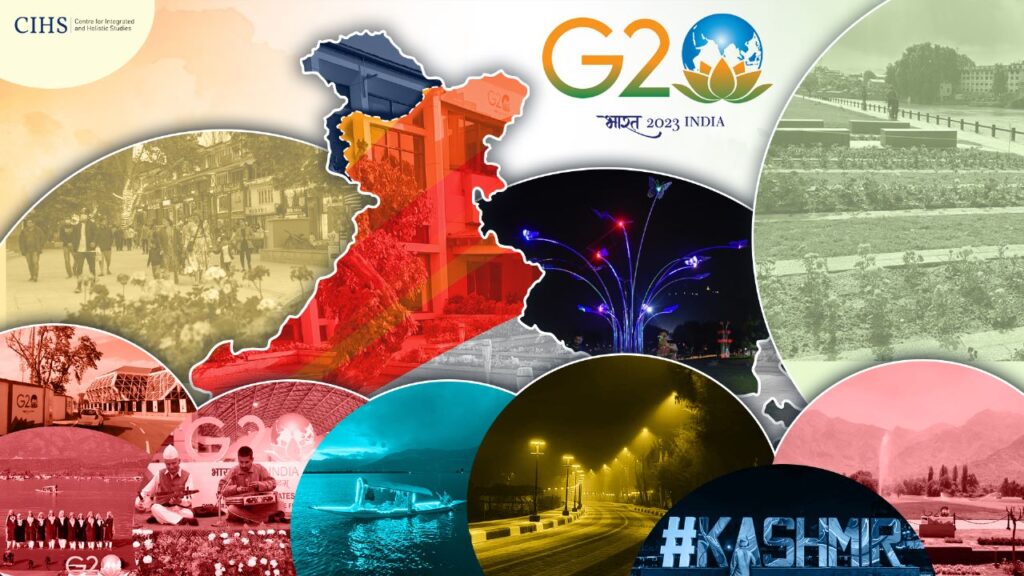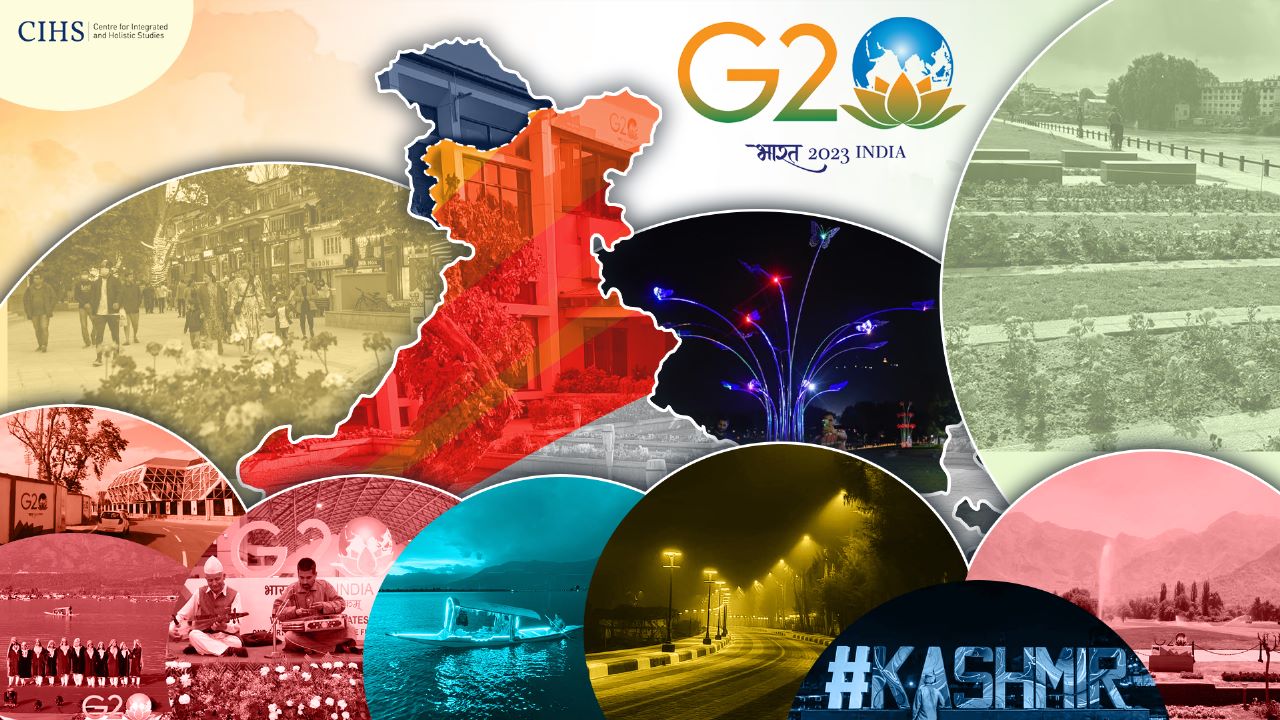
Kashmir on way to new vistas
G-20 summit next week will showcase India’s commitment to transform the valley into cradle of human peace, tourism and economic activity
Japanese Prime Minister Fumio Kishida showcased Hiroshima as harbinger of peace, fulcrum of development and civilizational connect by hosting G-7 summit. This high level global engagement happened 77-years after it was devastated by atomic bombs detonated by United States on August 6 and 9 in 1945 killing about 226,000 civilians.

Change and makeover is law of life. And, Kashmir aligns perfectly well in India’s decision host the G-20 tourism working group next week in Srinagar. This provides perfect opportunity for India to showcase development, democratic transition, peace and tranquility brought to the paradise on earth in less than a decade.
The decision to take G-20 to Kashmir may not be palatable to India’s adversaries that rake up non-issues. Showcasing Kashmir’s potential to become part of global tourism circuit cannot be missed by India’s friends and foes alike. Terror, islamist jihad and across the border meddling by non-constitutional actors is virtually a thing of the past as Jammu & Kashmir picked up pieces and moved on. Perceptible change that has dawned on Kashmir following the exodus of over 150,000 Hindus in 1990 is something to write home about.
India’s decision to G-20 in Kashmir is part of its larger strategy to fully leverage its Presidency of the most influential global group this year and pep up the valley’s local economy and cater to upwardly mobile aspirations of the youth that have firmly said ‘no’ to violence, mindless killings in the name of jihad.
The 200-odd meetings under India’s G-20 presidency have been spread to over 50 cities from Humpi in Karnataka to Siliguri in Assam moving away from the usual Delhi and Mumbai based engagements. Normally, cities spotlighted globally become big tourist destinations globally and that’s perhaps the idea in taking G-20 tourism summit to Kashmir.
Let us not forget that Reykjavík, the capital city of Iceland turned into a global tourist hotspot after the US President Ronald Regan and General Secretary of Communist Party of Soviet Union Michael Gorbachev held their summit level talks in run up to nuclear power treaty between the two countries way back in October1986.
Similarly Marrakesh, the western city of Morocco emerged as topline city for holidaying and tourism after it gave birth to the World Trade Organisation in 1994.
Bringing new cities, locales and areas to global attention has not limited to leaders elsewhere. Historic summit level talks between Prime Minister Narendra Modi and Chinese President Xi Jingping held in Ahmedabad after landslide victory of the Indian leader in 2014 has etched in the memory of global tourism circuit.
In fact, as reports suggest, this gave idea to President Xi to host Modi in Chinese province of Shaanxi. Shaanxi also being the birthplace of President Xi’s father emerged as a regular tourist destination for both domestic and international travellers.
From being friction point between India and Pakistan since 1947, Kashmir has moved on unrest and violence. India’s significant focus to restore peace and stability, political changes in 2019 has begun pay off dividends in the form of development, attracting investments, and enhancing tourism opportunities.
On August 5, 2019, Union Home Minister Amit Shah piloted a proposal in Parliament to end Jammu and Kashmir\’s special status and this also led to bifurcation of the state into two Union Territories. The amendment in Article 370 of Indian Constitution also turned out to be the turning point for positive changes and integration that paved the way for prosperous future, including economy, infrastructure, governance, and social welfare.
Massive makeover of road networks, bridges, tunnels, and power infrastructure and enhanced connectivity with rest of the country is just one part in Kashmir returning to normalcy. Completion of the Zojila tunnel, the Ujh multipurpose Project and the engineering marvel Chenab rail bridge — the world\’s highest railway bridge — are among major infrastructure projects that provided heft to transportation as well as unlock the region\’s immense economic potential.
Revival of grassroots democratic institutions, such as Block Development Councils leading to delegation of governance enabled people to have direct say in their affairs. This decentralization of power fostered inclusivity, accountability, and efficient utilization of resources, ensuring that development reached every corner of Jammu and Kashmir.
While showcasing the development thrust, India may also go overboard to sell Kashmir as cradle of peace ready to host the international travelers seeking to find an alternative to Swiss Alps.
Hosting G-20 meetings in Kashmir is also a tight slap on anti- India propagandists, jihadists and their handlers globally. G-20 tourism summit should be seen as just a beginning in transformation of the Kashmir valley.

